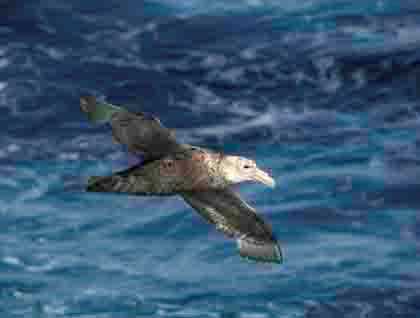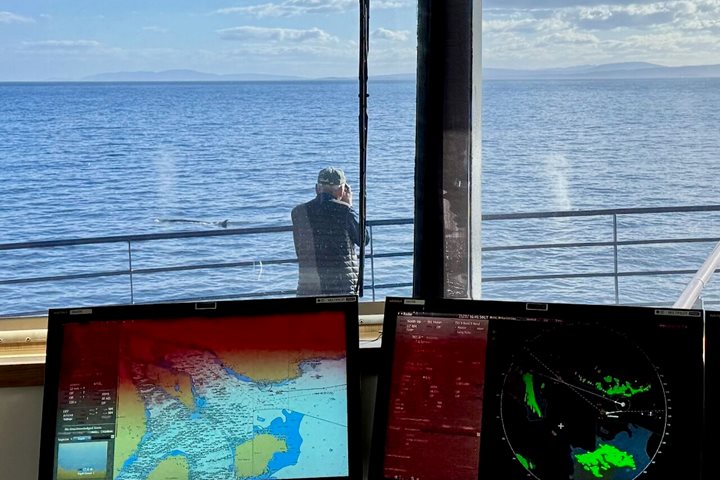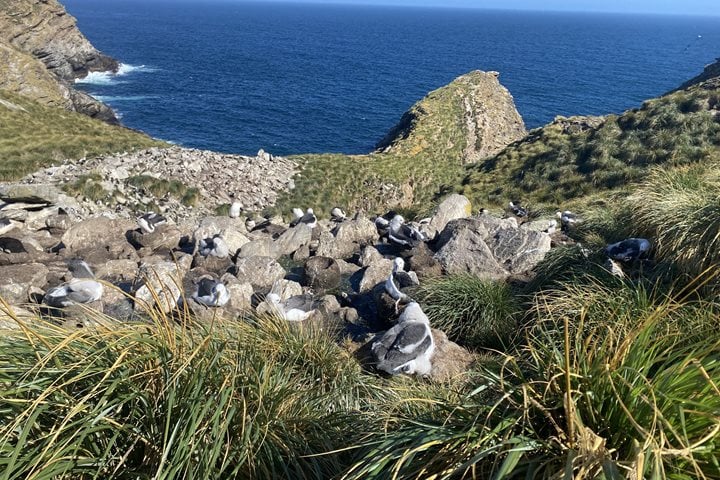With the Falkland Islands behind us for the moment, we are making good time on an east by southeast heading, bound for South Georgia. We will make only a very small change in latitude during this crossing, about 51˚41’S to 54˚15’S or around 150 nautical miles, but over this short north-south distance we will be entering a completely different ocean.
The Southern Ocean is something of a quandary. It is the fourth largest of the world’s five oceans, it is the youngest of the five and, partly as a result of its remote location, but also due to its inherently unusual nature, it is the most mysterious body of water on the planet. Although Captain James Cook wrote about the Southern Ocean, by that name, in his journals in the late 18th century, it has traditionally been regarded as simply the southernmost portions of the Atlantic, the Pacific, and the Indian Ocean. Geographers only officially recognized it as an entity unto itself in the year 2000.
Even today, many maps do not show the Southern Ocean as distinct from the waters to the north. Those that do often disagree on its extent. In essence the Southern Ocean is simply the part of the global ocean that surrounds Antarctica, but this sets only its southern limit—the problem comes in defining its northern boundary. Most modern cartographers draw a nice clean line along the 60th parallel south, which also happens to be the boundary of the region subject to the Antarctic Treaty. This is politically convenient, but it is also quite arbitrary and fails to recognize the most important reason for defining a Southern Ocean in the first place.
The waters of the Southern are genuinely, physically distinct from those of the rest of the planet. Their true northern boundary is easy to define, but not easy to pin down: it is the Polar Front or Antarctic Convergence. This is an ever-shifting border, difficult to draw on a map and essentially antithetical to the concept of political divisions. But it is the real one. South of the Polar Front the ocean is different. It is colder, not gradually but quite suddenly, over a very short north-south distance. It is unique oceanographically, with a layer of deep warm(ish) water sandwiched between colder layers above and below it. And, perhaps most important, it is absolutely distinct biologically. The great majority of animals living in the Southern Ocean, up to 97% in some groups, are found nowhere else on Earth. They have evolved the ability to live in the extreme conditions of this polar sea over millions of years. This is their home. It is their presence that makes this ocean so clearly separate from all the others.
This is the ocean of the icefish. And it is the road to Antarctic island of South Georgia.







